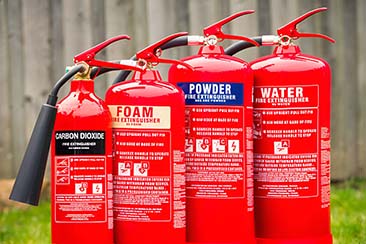Olive Oil Prices Surge: Understanding the 50% Spike in One Year
In the world of culinary delights, few ingredients boast half the versatility of olive oil. However, for aficionados and chefs alike, a recent development has stirred concerns and discussions across the globe: the remarkable spike in the price of olive oil from suppliers. Within the span of just one year, the cost of this culinary staple has doubled by a costly 50%.
Delving deeper into the statistics reveals a concerning trend gripping the European Union. As of January 2024, based on national statistics data from the EU member states, every EU member state has reported a significant uptick in the annual inflation rates for olive oil.
Portugal leads the charge with an eye-watering 69% increase compared to the previous year. Not far behind, Greece follows suit with a substantial 67% surge, while Spain, renowned for its olive oil production, reports a notable 63% hike compared to the previous year. These numbers paint a vivid picture of the challenges facing both shoppers and producers within the olive oil industry.
The implications of these costs extend far beyond mere economics. As shoppers grapple with higher costs at the supermarkets, producers navigate a landscape fraught with uncertainties, ranging from weather patterns to geopolitical tensions.

Why has the price of olive oil increased?
The price of olive oil can be attributed to a confluence of factors, each exerting its influence on the market dynamics:
Supply Shortages: One of the primary drivers behind the price rises is a shortage in supply. Olive oil production is heavily influenced by weather conditions, and factors such as droughts, frost, and disease can significantly impact harvest yields.
The hottest summer on record has particularly affected the olive groves across Europe, leading to significant supply shortages and impacting the production areas.
Increased Demand: Concurrently, over the past two years, there has been a rise in global demand for olive oil, fuelled by growing awareness of its health benefits and culinary versatility. As more shoppers embrace healthier dietary habits than in the past and seek alternatives to traditional cooking oils, the price of olive oil has sky rocketed.
Geopolitical Factors: Geopolitical tensions and disruptions in key olive oil-producing regions can also impact prices. Trade disputes, political instability, and conflicts can disrupt supply chains, leading to uncertainties in production and distribution.
Economic Factors: Economic conditions, both domestically and globally, play a significant role in determining commodity prices. Fluctuations in currency exchange rates, annual inflation, and shifts in consumer purchasing power can all influence the price of coffee and olive oil.
Environmental Concerns: Increasing awareness of environmental sustainability and ethical sourcing practices has prompted consumers to seek out products that align with their values. As a result, there has been a growing demand for organic, eco-friendly, and fair-trade olive oil, which often commands higher prices.
Will olive oil see another increase?
Predicting future price movements in the olive oil market is complex due to various factors like supply and demand dynamics, geopolitical developments, weather patterns, market sentiment, and regulatory changes.
Fluctuations in olive oil supply, influenced by weather conditions and agricultural practices, alongside shifts in consumer preferences and economic conditions, will impact prices. Political instability and conflicts in major producing regions can disrupt supply chains, while weather patterns affect production levels.
Market sentiment and speculation, as well as regulatory changes, also play roles in price volatility.
Price differences between olive oil and extra virgin olive oil?
The price difference between a bottle of olive oil and a bottle of extra virgin olive oil can vary depending on various factors such as quality, brand, and geographical region. Generally, extra virgin olive oil, being the highest quality and extracted from the first pressing of olives, tends to rise to command a higher price compared to regular olive oil.
The average price difference between a bottle of the two types of olive oil can range from a few dollars to a significant margin per litre. Extra virgin olive oil typically undergoes less processing and retains more of the olives’ natural flavours and nutrients, contributing to its higher cost.
Conclusion
Navigating the world of olive oil prices can feel like a rollercoaster ride, with ups and downs influenced by everything from weather patterns to global politics.
While we can’t predict the future with certainty, keeping an eye on trends like supply and demand, geopolitical tensions, and even the weather forecast this week can give us a glimpse into what might lie ahead for our beloved olive oil.
Whether you’re a seasoned chef whipping up gourmet meals or just someone who loves a good drizzle on their salad, understanding these factors can help you make informed choices about which bottle to pick up at the store.
So, as we ponder the future of olive oil prices, whether they rise more as inflation increases, let’s remember to savour every drop of that golden goodness. Whether it’s used to sauté veggies or pasta or simply enjoyed with a hunk of crusty bread, olive oil has a way of bringing a little bit of Mediterranean magic to our lives.








